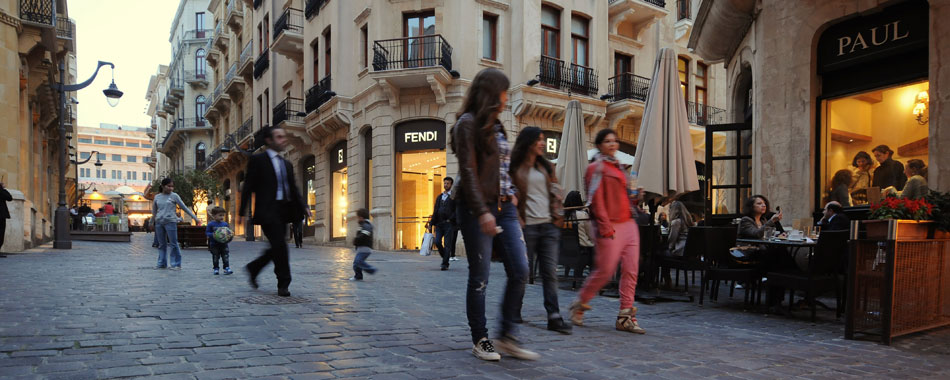| SOL A | SOL B | |
| USD 70.00-1.61% | USD 67.00-7.52% | |
| 07-05-2024 (EoD Closing) | ||
Beirut and its City Center
Beirut
Lebanon occupies a strategic location on the Eastern Mediterranean. Linking East and West and sea to hinterland, it has been a crossroads across the centuries. Prior to the outbreak of the war in 1975, modern Beirut had widely become known as the region’s commercial and cultural capital. The lively and cosmopolitan city served as the gateway to and from the Middle East and offered a home to the Arab world’s leading banks and financial institutions. The city’s universities, theaters, and nightclubs attracted visitors from across the globe.
Today, the city’s inherent assets remain its strategic location, a liberal economic environment and free press, a well-grounded banking system, strong educational and medical services, professional human resources, a cosmopolitan character, and an important archeological and cultural heritage.
The City Center
Beirut city center enjoys a privileged position at the heart of Lebanon's capital, on a beautiful site commanding fine views of the Mediterranean, and hills and mountains across the bay.
The city center is easily accessible from all parts of Beirut including the adjacent port and the international airport. Major roads form its boundaries to the east, south and west, or line its 1.5 kilometer (0.93 mile) seafront to the north.
The site has been continuously inhabited for more than 5,000 years, with civilizations, from the Canaanite to the Ottoman, leaving their mark on an ever growing, culturally rich and sophisticated city. Beirut city center was traditionally the focus of activity in a major regional capital, including: banking, business and commerce, government and parliament, education and culture, leisure. It also contained charming residential neighborhoods and a modern hotel district.
A private joint-stock company, Solidere, has been entrusted with the implementation of the project. Solidere is vested with a challenging and historical mission: restoring life to this vital part of the country, an important political and symbolic dimension. Delivering benefits of comprehensive planning, Beirut's downtown has re-emerged as a prime, active district, with its historic core, business-cum-institutional center, residential quarter and social arena. Central to the project was the laying of a complete infrastructure and utility network, together with the constitution or reconstitution of the public domain. New and renovated facilities accommodate a variety of activities.
The new city center provides a functional and attractive environment. Businesses are drawn by the quality infrastructure, buildings and property management. A new clientele joins former residents in occupying restored or modern residential space. Shopping facilities, leisure and cultural activities keep the city center bustling with residents, daily visitors and tourists.
Land Areas
The Beirut city center reconstruction and development project covers 191 ha (472 acres):
- 118 ha (292 acres) originally constituting the traditional city center
- 73-ha (180 acre) extension reclaimed from the sea.
PUBLIC SPACE
98 ha (242 acres) of which:
- 59 ha (146 acres) in roads
- 39 ha (96 acres) in landscaped open space.
DEVELOPMENT
- 93 ha (230 acres) are allocated for development, including
- 22 ha (54 acres) of retained, public or religious property.






